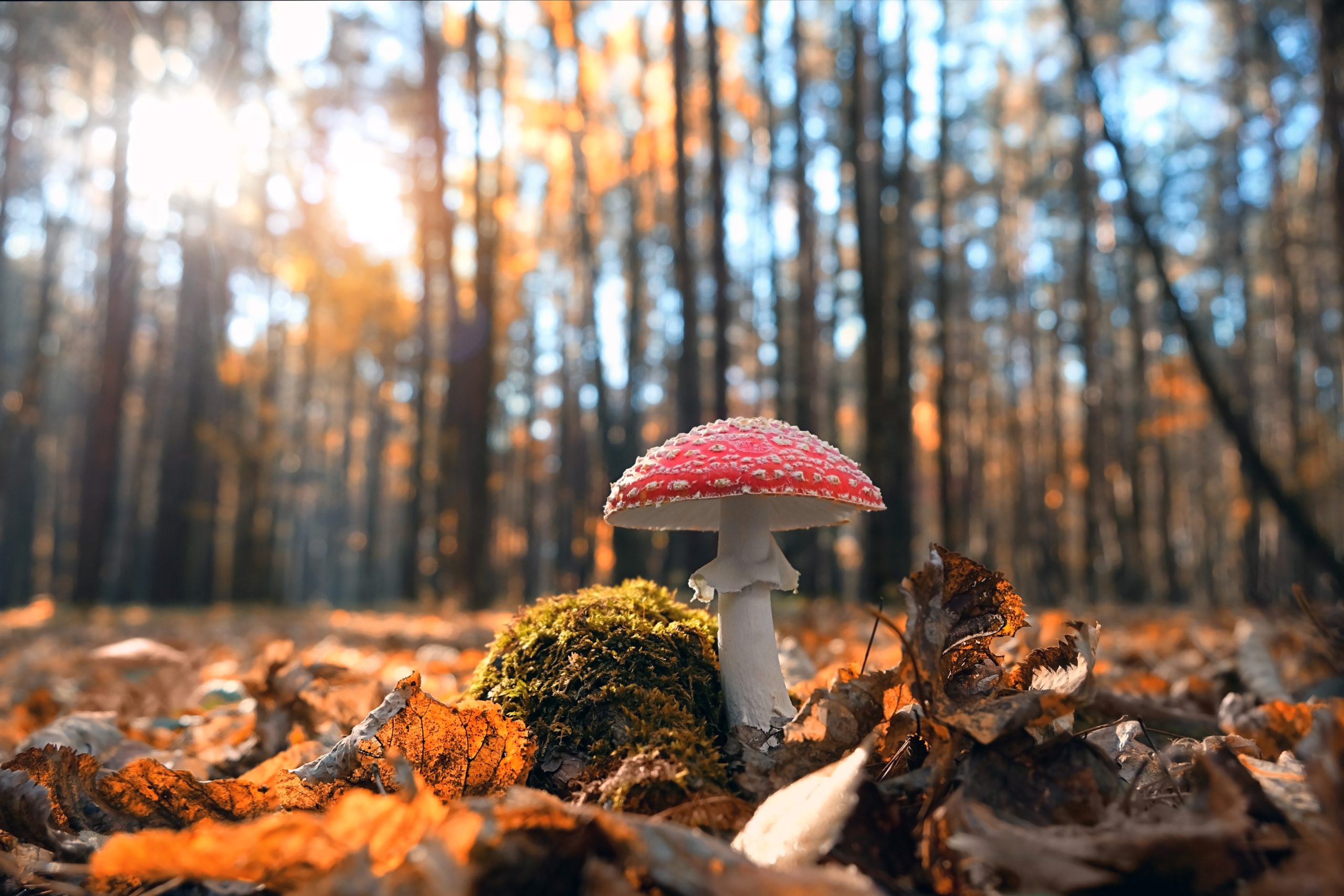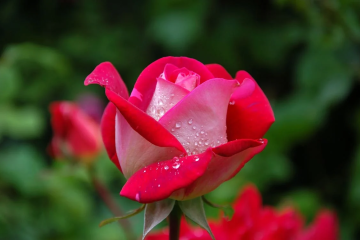The world of fungi is both mysterious and essential to life on Earth. From their crucial role in ecosystems to their cultural significance, fungi have captured human imagination for centuries. In this post, we’ll delve into some fascinating facts about fungi, exploring their role in ecosystems, evolutionary history, and cultural significance. Additionally, we’ll introduce you to some lesser-known species of wild mushrooms that you need to discover.
Role in Ecosystems
Fungi play a vital role in maintaining the balance of ecosystems. Through processes like decomposition and nutrient cycling, fungi break down organic matter, returning nutrients to the soil for plants to use. Mycorrhizal fungi form symbiotic relationships with plants, aiding in nutrient uptake and water absorption. Some fungi, however, act as parasites, exploiting other organisms for their own benefit. These diverse interactions make fungi crucial players in the health and functioning of ecosystems, often serving as indicators of environmental health.
- Fungi contribute to soil formation and structure, helping to prevent erosion and maintain soil fertility.
- They play a key role in recycling nutrients such as carbon, nitrogen, and phosphorus, making them available for plant growth.
- Some fungi produce enzymes that break down complex organic molecules, facilitating the decomposition of plant and animal remains.
- Mycorrhizal fungi form intricate networks of hyphae around plant roots, increasing the root surface area and enhancing the plant’s ability to absorb water and nutrients.
- These symbiotic relationships can also provide plants with protection against pathogens and environmental stressors.
- Parasitic fungi, on the other hand, can cause diseases in plants, animals, and even other fungi, affecting ecosystem dynamics.
- Fungi can also interact with other organisms, such as bacteria and insects, influencing nutrient cycling and community structure.
- Overall, the complex interactions between fungi and other organisms contribute to the resilience and stability of ecosystems, highlighting the importance of fungal diversity in maintaining environmental health.
Evolutionary History
The evolutionary history of fungi is as fascinating as it is ancient. Fungi are thought to have originated around a billion years ago, diverging from other life forms early in Earth’s history. Over time, they have adapted to various environments, from the depths of the ocean to the highest mountain peaks. Fossil evidence provides glimpses into the past, revealing the evolution of fungal structures and their relationships with other organisms. Today, fungi continue to evolve, playing essential roles in shaping the world around us.
Cultural Significance
Throughout history, fungi have held a prominent place in human culture. They have been used for food, medicine, and even in religious rituals. Traditional folklore and mythology are rich with tales of enchanted mushrooms and mysterious fungi. In modern times, fungi have found applications in biotechnology and industry, from the production of antibiotics to the fermentation of foods and beverages. Moreover, they have inspired artists, writers, and filmmakers, leaving their mark on art, literature, and popular culture.
Exploring Lesser-Known Wild Mushroom Species
Now, let’s turn our attention to some lesser-known species of wild mushrooms that deserve recognition. While many people are familiar with common edible mushrooms like the portobello or chanterelle, there are countless other fascinating species waiting to be discovered.
One such species is the Lion’s Mane mushroom (Hericium erinaceus), known for its unique appearance resembling cascading lion’s mane. This mushroom is not only visually striking but also prized for its potential medicinal properties, including cognitive benefits and nerve regeneration. These attributes and its relative ease of cultivation using grow kits and mushroom substrate make the Lion’s Mane mushroom increasingly popular.
Another lesser-known species is the Cauliflower mushroom (Sparassis crispa), which forms large, intricate clusters resembling cauliflower heads. Found in coniferous forests, this mushroom is edible and prized for its delicate flavor and meaty texture when cooked.
The Blewit mushroom (Clitocybe nuda) is yet another lesser-known species worth exploring. With its striking purple hue and mild, nutty flavor, it is a favorite among mushroom enthusiasts. Despite its beauty and taste, the Blewit is often overshadowed by more well-known varieties.
Lastly, the Reishi mushroom (Ganoderma lucidum) deserves mention for its long history of use in traditional Chinese medicine. Also known as the “mushroom of immortality,” Reishi is believed to have various health benefits, including immune-boosting and anti-inflammatory properties.
To learn more about wild mushrooms and their fascinating world, you can check out this Mushroom Revival blog post for additional insights and resources.
In conclusion, fungi are truly remarkable organisms that deserve our admiration and respect. From their crucial role in ecosystems to their rich cultural significance, fungi continue to fascinate and inspire us. By exploring the lesser-known species of wild mushrooms, we can deepen our appreciation for the diversity and beauty of the fungal kingdom. So, the next time you venture into the woods, keep an eye out for these hidden treasures—you never know what fascinating fungi you might discover.
Read Next: Mushroom Chocolate




